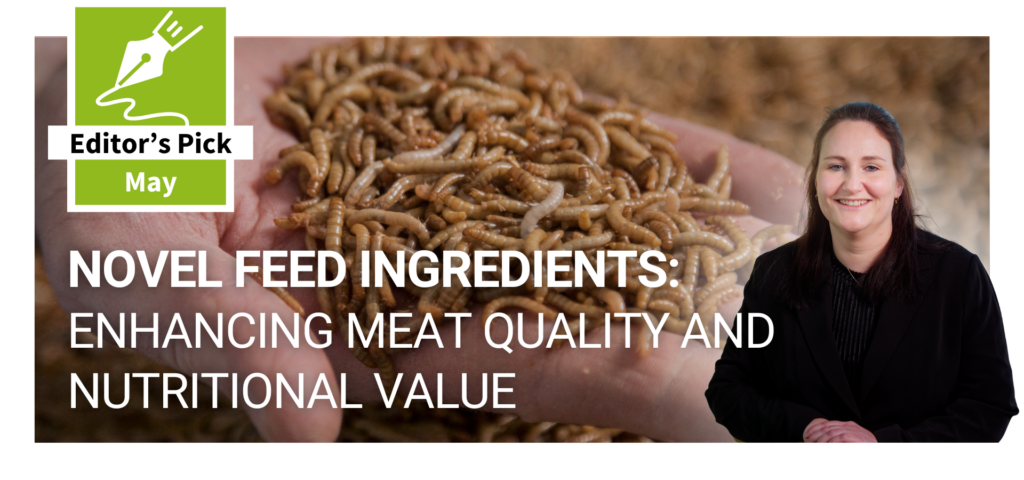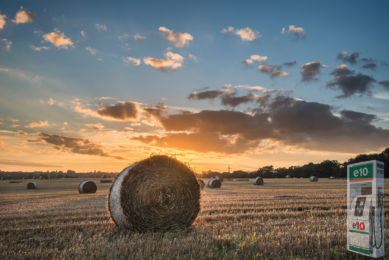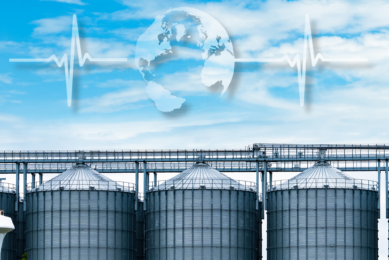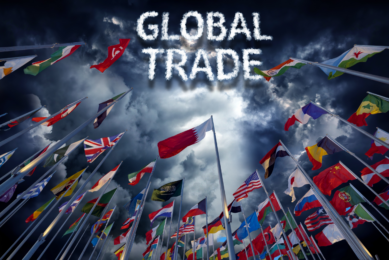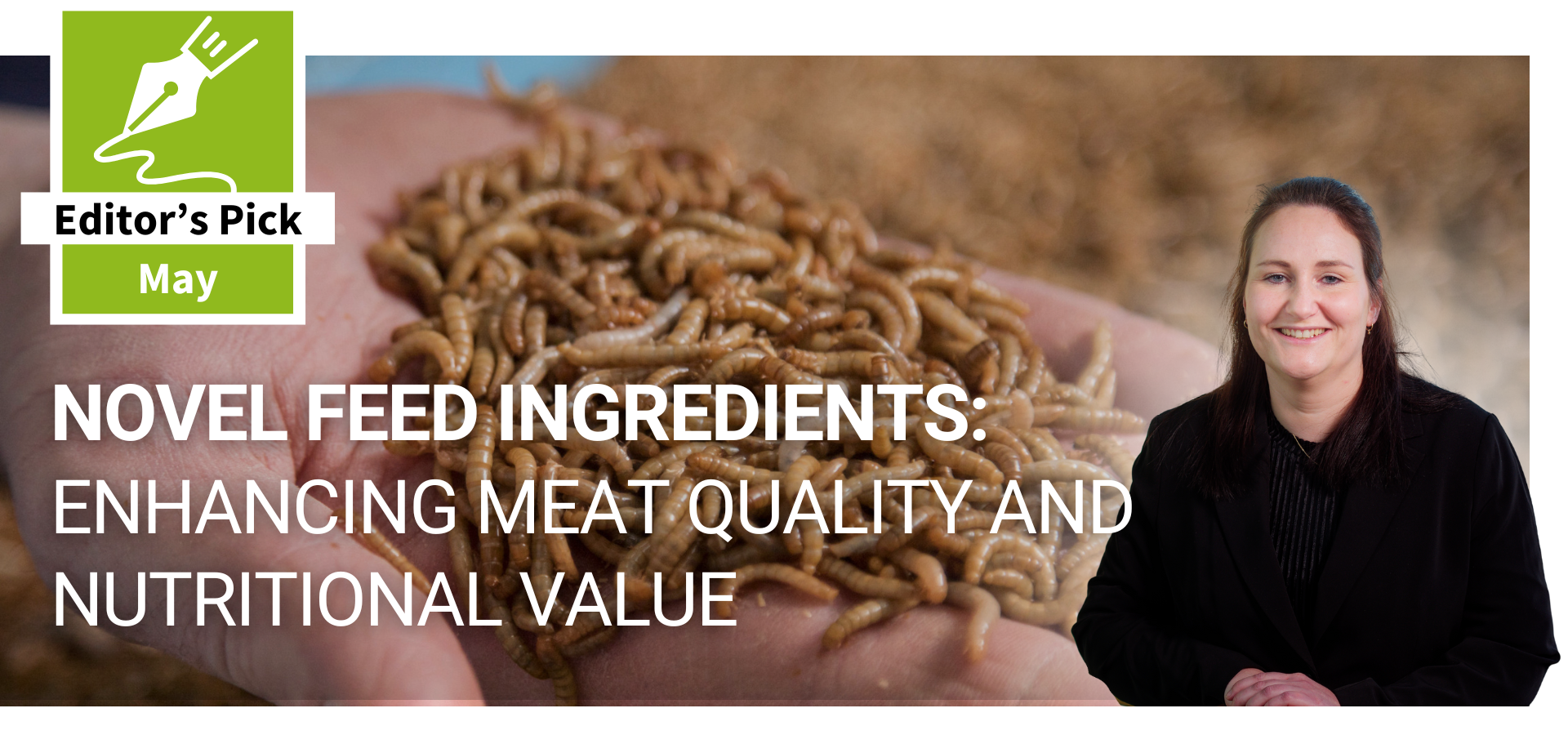Animal feed demand in EU set to decline over the next decade
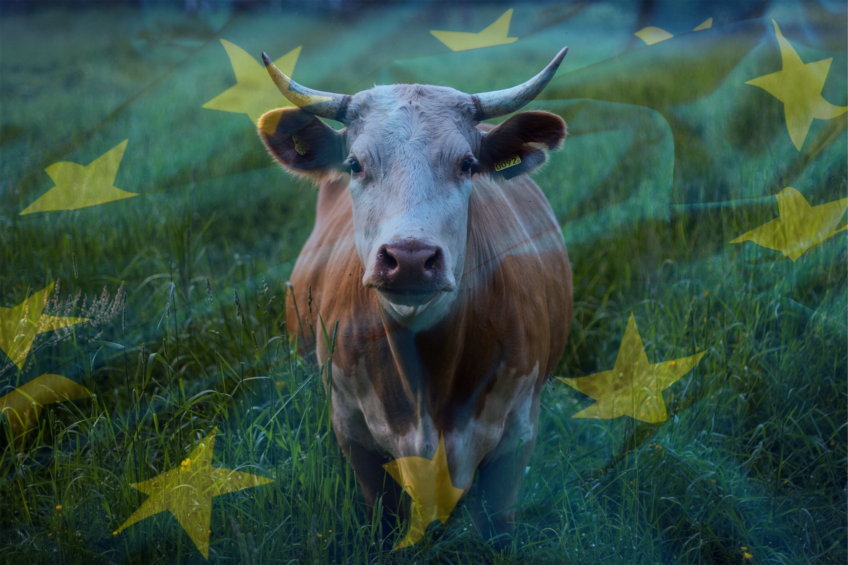
Reductions in the production of some livestock species in the European Union over the next 10 years is set to hit animal feed levels.
The EU Agricultural Outlook 2024-2035 report says the demand for animal feed in the EU is projected to decline over the period due to reductions in the EU production of pigmeat and beef, and a decline in the dairy herd.
Drop in crop-based feed expected
A drop in crop-based feed is expected due to a shift towards more grass-based (extensive) production systems, and towards a more efficient feed use. This is assumed to improve via animal genetics and better-targeted feeding systems.
Consumer demand for slow growing chickens
By contrast, poultry feed demand could grow due to consumer demand for slow-growing chickens. Following the decline in 2024, feed prices are expected to start growing again after 2025.
Pig sector
Looking specifically at individual species, the report says consumption of pigmeat is challenged by sustainability concerns and is therefore expected to fall between now and 2035.
Intensive pigmeat production systems are likely to face further societal criticism, contributing to a decline in production, while African Swine Fever (ASF) is assumed to remain in the EU, but without any major or uncontrolled outbreaks.
EU pigmeat exports – which increased in the previous decade – are expected to decline between 2022/4 average and 2035 due to a recovery in pigmeat production in Asian countries. Accounting EU export volumes from 2024, they are projected to remain almost stable until 2035. Pigmeat prices could remain higher than past levels due to increased costs and reduced EU supply.
Beef
EU beef consumption remains challenged by tight supply and high prices, in combination with sustainability concerns. Low profitability and the prospects of a stricter regulatory framework are expected to lead to a further decline in production by 2035.
Coupled income support and eco-schemes under the Common Agricultural Policy (CAP), together with a relatively good price outlook, will slow down this trend, but not reverse it. The average slaughter weight will continue on a slightly upward trajectory thanks to better feed and herd management and a larger share of beef-type animals in the productive herd.
Declining EU production may contribute to maintaining beef prices at a higher level than in the past and EU beef meat exports are set to continue to grow, albeit slowly, during the period.
However, welfare concerns about long-distance travel, coupled with a decline in the availability of live animals, is set to reduce the export of live animals.
Dairy
The period is set to see a fall in EU milk production with a drive to produce more value-added products. The cheese and whey powder markets will continue to grow, albeit at a slower rate, and butter is set to see some limited growth, while skimmed milk remains stable.
There will be a further decline in the drinking milk and whole milk powder sectors but there may be a rise in fortified and functional dairy products and as well as those with lower fat and sugar content.
Exports are set to decrease in volume terms but there will be a shift towards higher value-added exports. The EU raw milk price is expected to be well above pre-2022 levels by 2035.
Poultry meat
Poultry is set to continue to benefit from a healthier image and a relatively cheaper price. Together with future export opportunities, this could push poultry production upwards but at a lower rate than in the past decade.
Environmental legislation may mean that expansion only occurs in certain EU regions, while avian influenza will become an all year event rather than a seasonal one, providing challenges to the free-range production system.
EU poultry exports are due to regain momentum, despite the continuing price gap with world prices.



